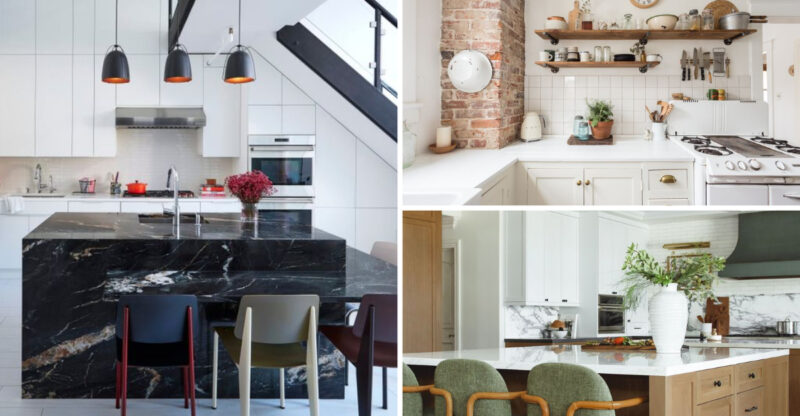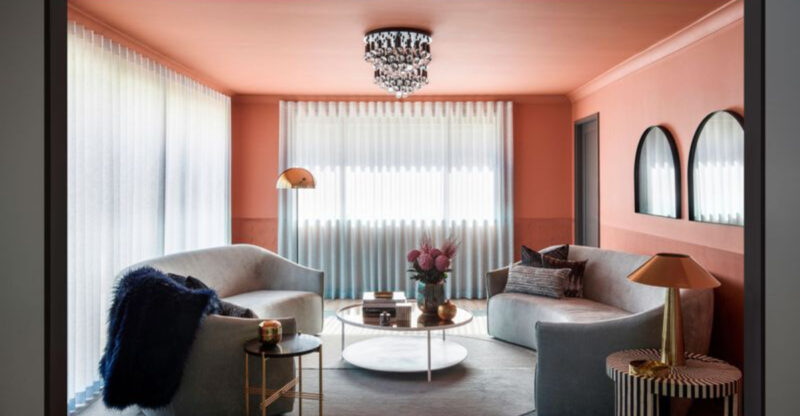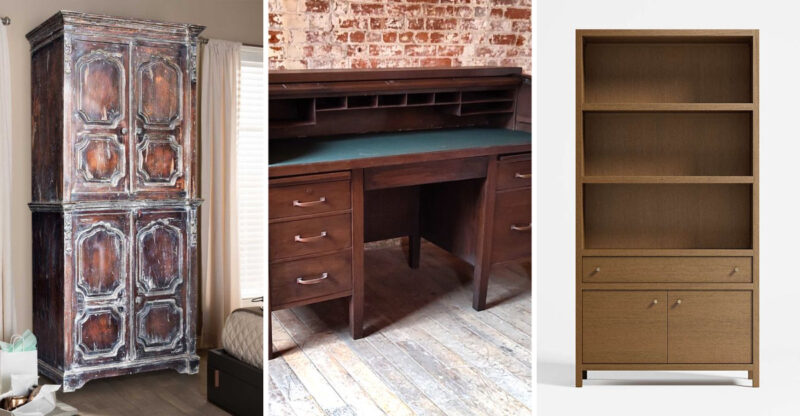Common Furniture Shopping Errors And How to Avoid Them
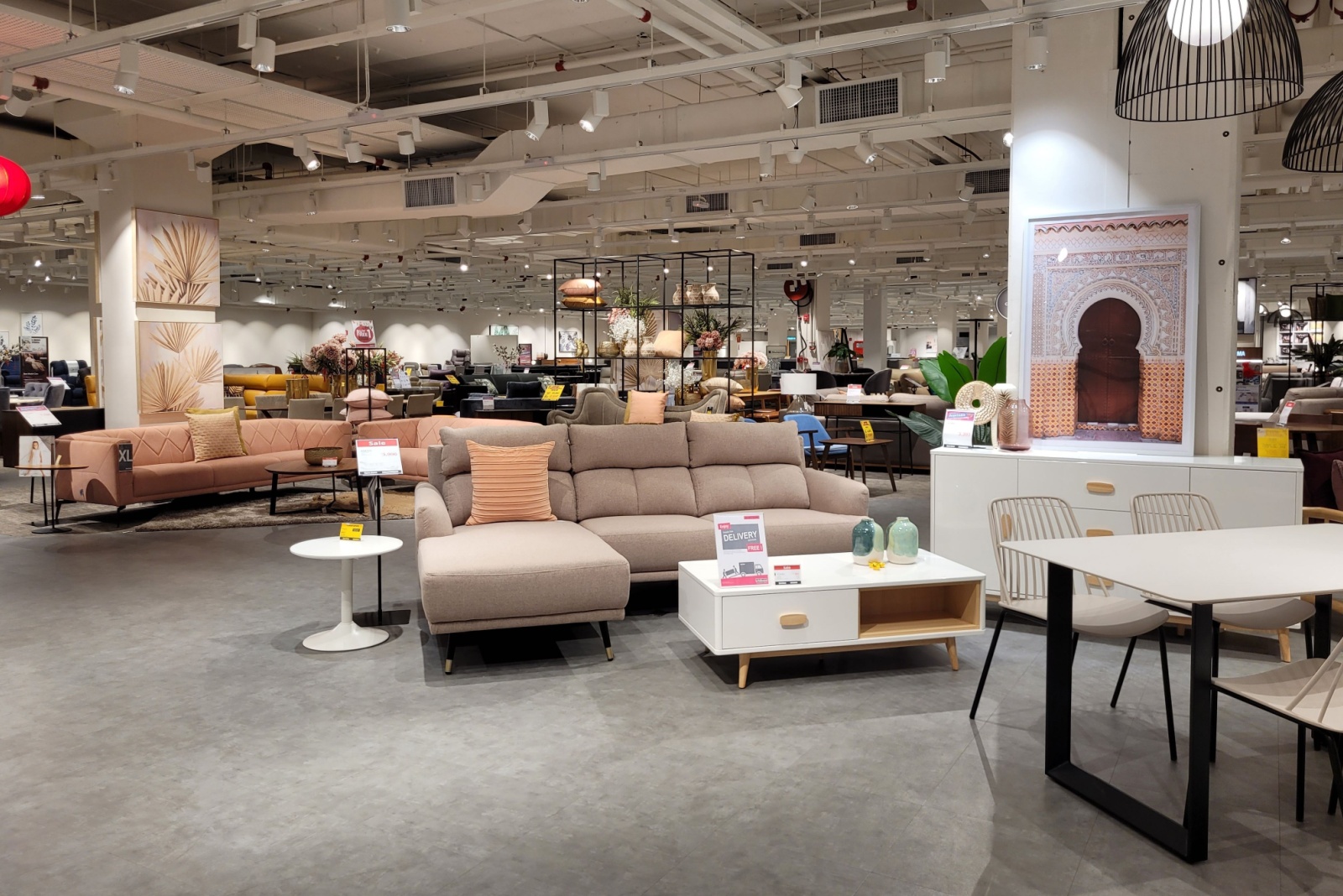
Have you ever brought home a gorgeous couch only to realize it doesn’t fit through your doorway? Furniture shopping can be exciting, but it’s also surprisingly easy to make costly mistakes.
Learning what to watch out for helps you save money and avoid major headaches.
This article provides general advice and suggestions. Always assess your personal needs and circumstances before making purchasing decisions.
1. Buying Impulsively

Spotting a super cute chair on sale can make your heart race. You want it right now, and suddenly you’re swiping your card before thinking twice. But rushing into furniture purchases often leads to regret later.
Take a breath and give yourself at least 24 hours before buying. Think about whether the piece truly fits your space and needs.
Creating a shopping list beforehand helps you stay focused and avoid those tempting impulse buys that end up gathering dust in your garage.
2. Ignoring Room Measurements
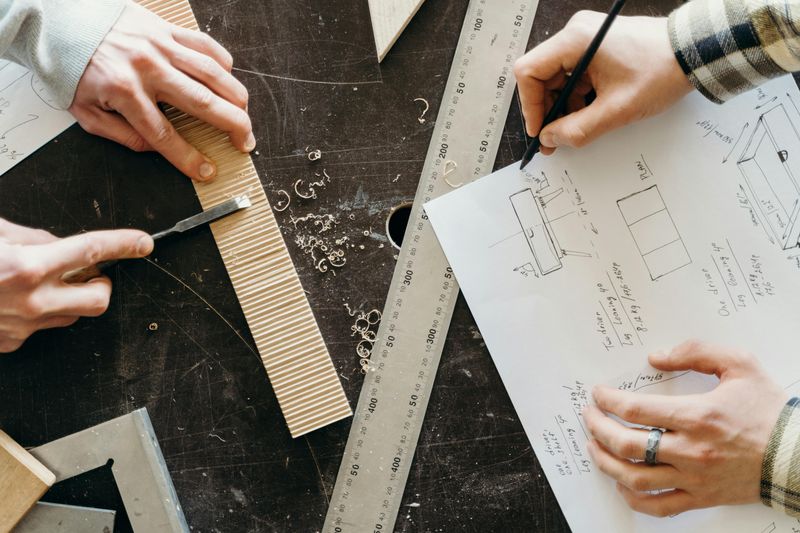
Eyeballing dimensions rarely works out well. That dining table might look perfect in the massive showroom, but it could overwhelm your actual eating area. Guessing sizes is one of the biggest blunders shoppers make.
Always measure your room carefully before you shop. Write down the length, width, and height of your space. Bring these numbers with you or keep them on your phone.
Remember to measure doorways and hallways too, so your new furniture can actually make it inside your home!
3. Overlooking Material Quality

Cheap materials might save you cash today, but they’ll cost you later. Flimsy particle board breaks easily, and thin fabrics tear after a few months. Quality matters more than most people realize when choosing furniture.
Check what your furniture is actually made from before buying. Solid wood beats particle board every time. Look for sturdy joints and thick upholstery fabric.
Reading reviews from other buyers helps you spot poorly made pieces before wasting your money on something that falls apart quickly.
4. Focusing Only On Looks

Instagram-worthy furniture looks amazing in photos. However, beauty doesn’t equal practicality when you’re living with these pieces every single day. Style without substance leaves you frustrated and uncomfortable in your own home.
Balance aesthetics with functionality when making choices. Ask yourself if that gorgeous coffee table has enough storage or if those trendy chairs offer proper back support.
Pretty furniture that doesn’t work for your daily life becomes an expensive decoration instead of a useful investment you’ll actually enjoy.
5. Skipping Comfort Testing
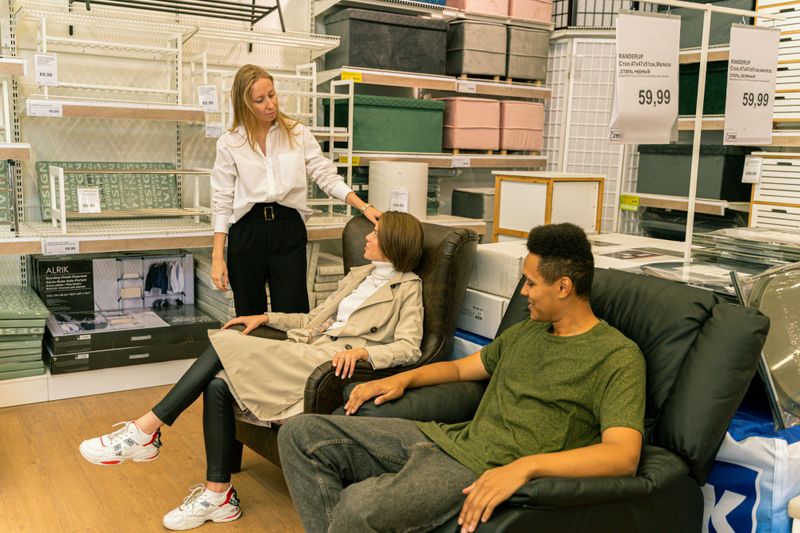
Sitting on a couch for three seconds doesn’t tell you much. Real comfort shows itself after you’ve lounged there for a while, shifted positions, and truly relaxed. Skipping this crucial step leads to buyer’s remorse.
Spend at least five minutes testing any seating furniture. Sit how you normally would at home, whether that’s curled up or stretched out.
Bring family members along to test, too, since everyone has different comfort preferences. Your back will thank you for being thorough during this important testing phase!
6. Neglecting Delivery And Assembly Costs

Sticker shock hits hard when hidden fees appear at checkout. That affordable dresser suddenly costs way more once you add delivery charges and assembly services. Many shoppers forget to factor in these extra expenses when budgeting.
Always ask about delivery and setup costs upfront. Some stores offer free delivery above certain amounts, while others charge hefty fees. Consider whether you can transport and build items yourself to save money.
Calculating the total price, not just the item cost, prevents unpleasant surprises at the register.
7. Failing To Check Return Policies

Returns aren’t always as simple as you’d hope. Some stores won’t take back opened items, while others charge restocking fees that eat into your refund. Assuming you can easily return furniture is a dangerous gamble.
Read the return policy carefully before purchasing anything. Find out how many days you have and what condition items must be in. Ask if there are restocking fees or return shipping charges.
Understanding these rules ahead of time protects you if the furniture doesn’t work out as planned for your space.
8. Not Considering Lifestyle Needs
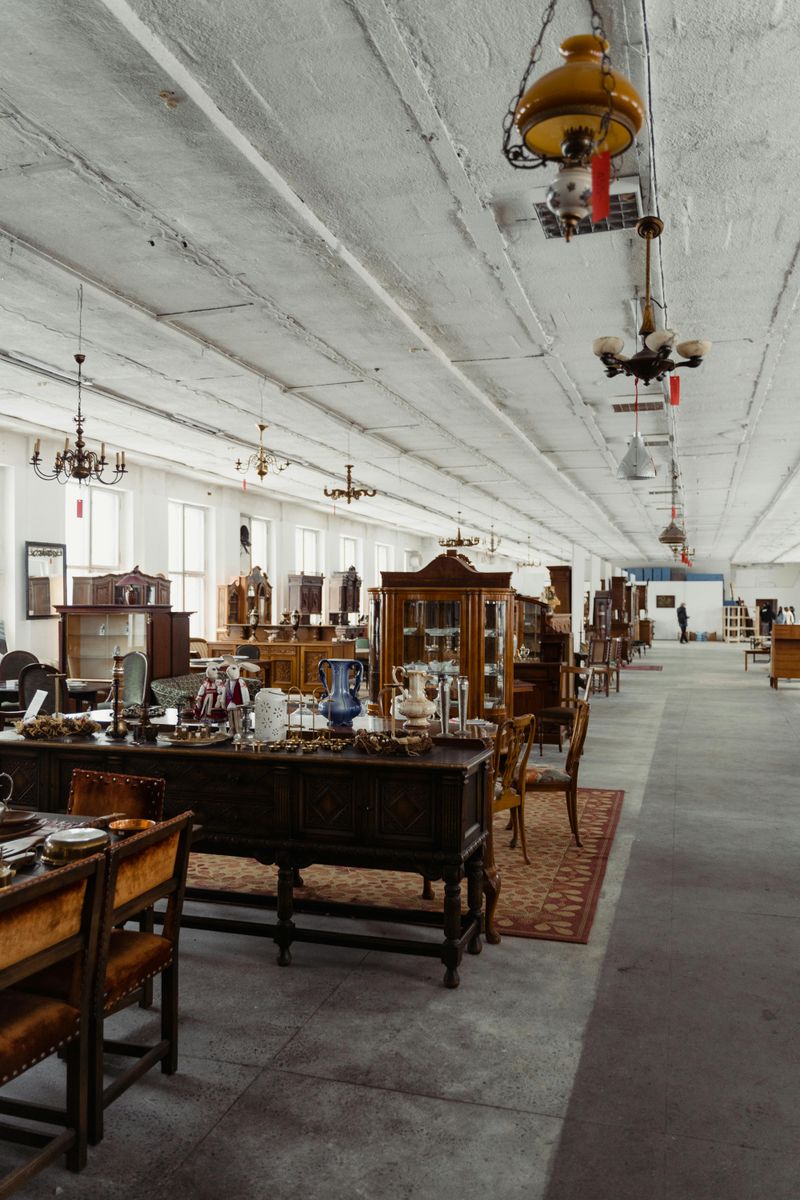
White couches look stunning until your kids spill juice everywhere. Delicate fabrics and fancy finishes don’t survive real life with pets or active families. Ignoring your actual lifestyle creates constant stress and cleaning battles.
Choose furniture that matches how you really live. Families with little ones need washable, durable materials that hide stains well. Pet owners should avoid fabrics that attract fur or scratch easily.
Being honest about your daily routines helps you pick pieces that stay beautiful despite the chaos of everyday life at home.
9. Ignoring Maintenance Requirements

Leather needs regular conditioning or it cracks. Certain woods require special polish, and some fabrics demand professional cleaning. High-maintenance furniture becomes a burden when you don’t have time or interest in constant upkeep.
Ask about care requirements before committing to any piece. Choose low-maintenance options if you’re busy or prefer simple cleaning routines. Microfiber cleans easily, while velvet needs careful attention.
Matching furniture maintenance to your available time and effort prevents frustration and keeps your investment looking great for years without overwhelming work.
10. Relying Solely On Online Images

Professional photos work magic with lighting and angles. Colors look different on screens than in person, and sizes can be deceiving in carefully staged rooms. Trusting only online pictures sets you up for disappointment when delivery arrives.
Visit showrooms whenever possible to see items firsthand. Touch fabrics, check colors in real lighting, and examine construction quality yourself.
If shopping online is your only option, read tons of customer reviews with photos. Real buyer pictures show what furniture actually looks like in normal homes, not perfect studio settings.
11. Mixing Too Many Styles
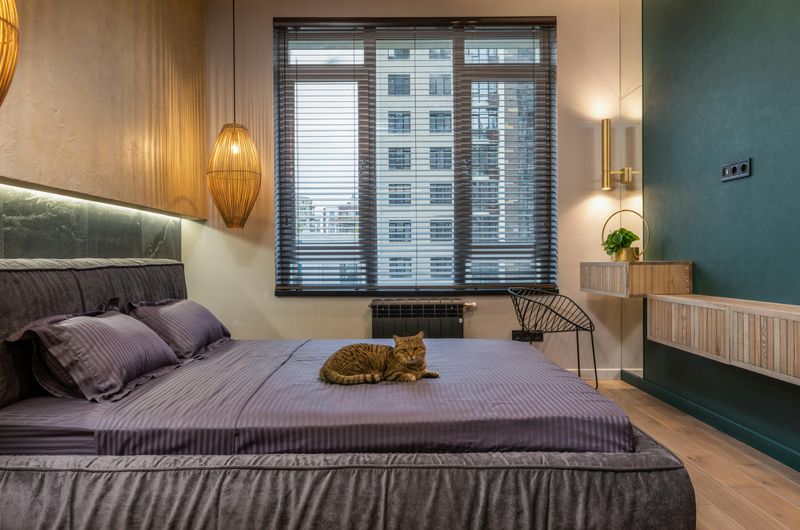
Variety adds interest, but too many different styles create visual chaos. Combining modern, rustic, traditional, and industrial pieces randomly makes rooms feel messy and confused. Your space ends up looking like a furniture store exploded rather than a thoughtfully designed home.
Pick two or three complementary styles and stick with them. Modern and industrial work well together, as do rustic and traditional pieces.
Create a mood board before shopping to visualize how items will look together. Cohesive design makes your home feel intentional and pulled together instead of randomly decorated.

